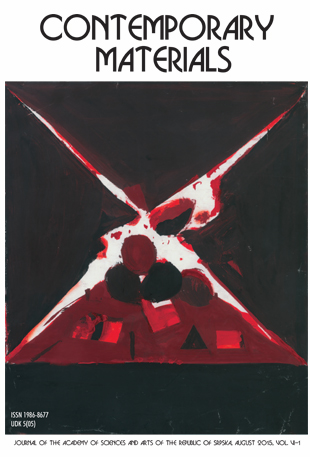DIURNAL AND SPATIAL VARIATIONS OF RADON CONCENTRATION AND ITS INFLUENCE ON IONIZATION OF AIR
DOI:
https://doi.org/10.7251/COMEN2001014KAbstract
The most abundant and efficient source of air ionization in the lower layer of the atmosphere is radon. As an alpha emitter, radon plays a crucial role in the earth's atmospheric electricity. Besides the physical, radon and ions have a significant biological role concerning human health: radon is a health hazard while the ions are beneficial ingredients of the air we breathe. In this study, we examined the dynamics of radon and air ions diurnal change in houses with different floor and windows insulations. Measurements were made using continual radon monitor Rad-7 and air ion counter CDI-06. Diurnal and spatial variations of both atmospheric constituents are mutually related and dependent mostly on radon exhalation potential, meteorological parameters, aerosol concentration and formation of the temperature inversion layer. Indoor concentrations are related to the potential for accumulation of radon that is coming from the ground beneath the foundation and also influenced by external radon concentration that is diffusing through the walls, doors, and windows. Level of diffusion is depending on insulation. The difference in the paths by which radon enters the home can be seen by analyzing changes during diurnal continuous measurements.
Keywords: radon, air ions, ionization, atmosphere, air, natural radioactivity.
